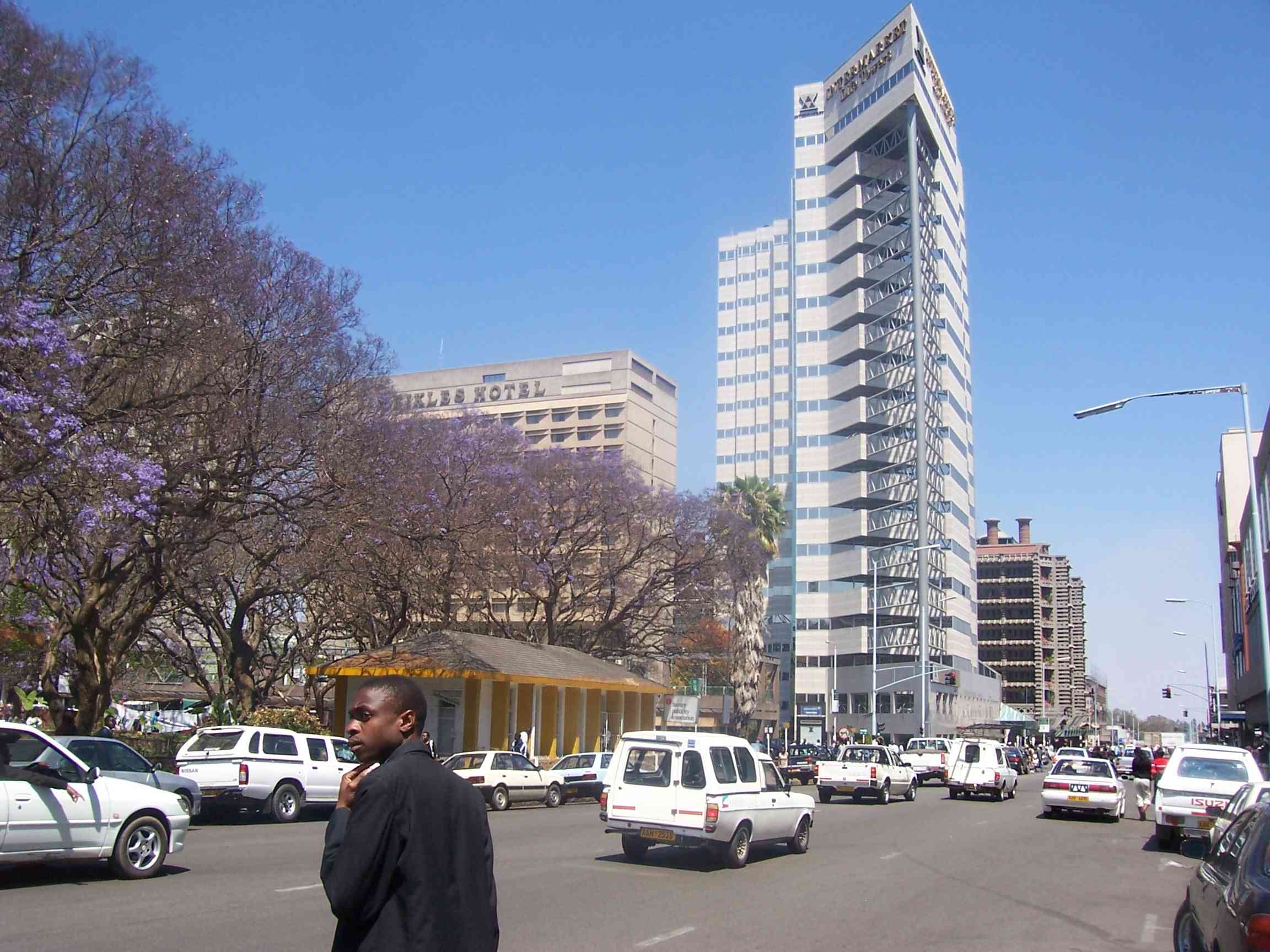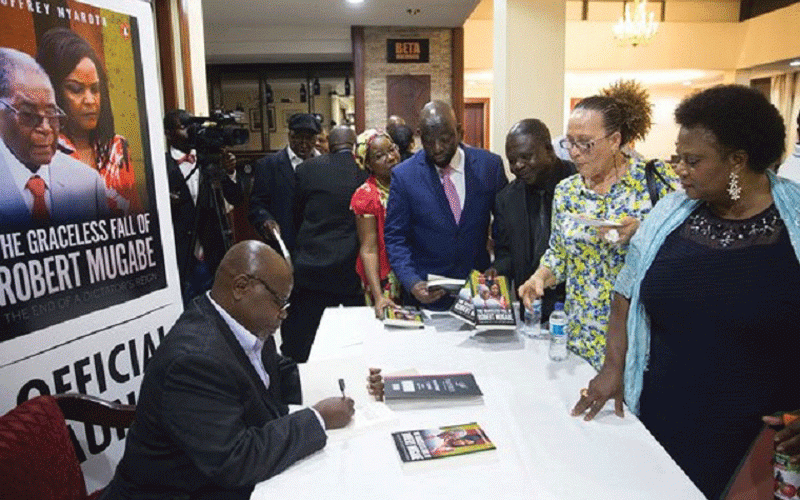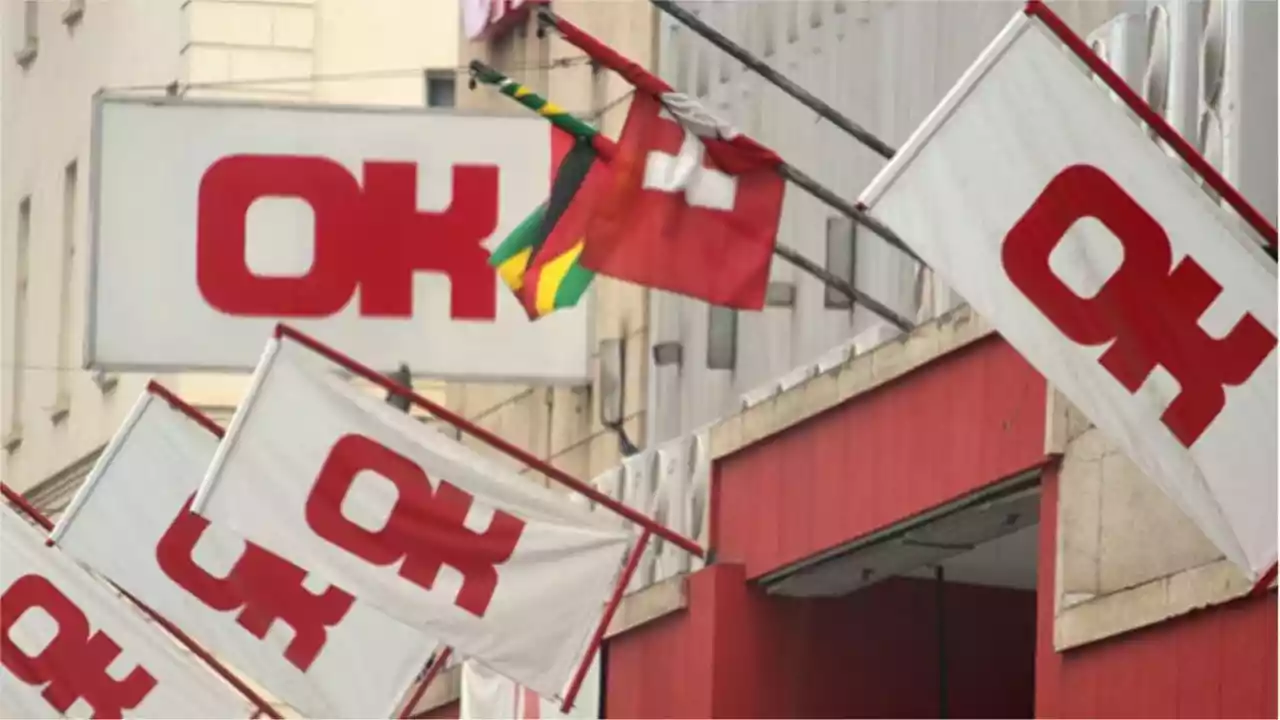
THE economy of Zimbabwe is one of the most volatile economies in a world, mainly owing to the most fragile local currency.
Economic players in Zimbabwe have succumbed to profitability challenges over the recent past years, which has stimulated a growth in responsiveness to market changes, thus driving up informal activities as regulations hinder adoptability.
Amid a highly fragile currency, which recorded a record -60% depreciation against the US dollars in May alone, the demand for value preservation has rapidly grown, while simultaneously aiming for wealth or value growth.
In light of this, the demand for hard currencies, particularly the US dollars, has sky-rocketed as a means of value preservation.
While investment avenues for the Zimdollar have remained curtailed, the stock market has proved to be a safe haven against inflation for most investors.
However, this seems to have been short-lived as the past year proved the inconsistent policy-making in the country spares no Zimdollar holder.
Volatility is the liability to change rapidly and unpredictably, for better or worse. It is typically measured or indicated by wide standard deviations in both positive and negative direction, which then brings about the high risk of investing in highly volatile markets.
People often think about volatility only when prices fall, however volatility can also refer to sudden price rises too.
- Mavhunga puts DeMbare into Chibuku quarterfinals
- Bulls to charge into Zimbabwe gold stocks
- Ndiraya concerned as goals dry up
- Letters: How solar power is transforming African farms
Keep Reading
Market volatility is measured by finding the standard deviation of price changes over a period of time.
Zimbabwe as a country is highly volatile due to an unpredictable regulatory environment, while specifically, the Zimbabwe Stock Exchange (ZSE) is also highly volatile due to its use of a fragile currency, the Zimdollar.
Investing in Zimbabwe, particularly the Zimbabwe Stock Exchange (ZSE), is therefore, considered a very high risk.
However, in basic principles, the higher the risk, the higher the potential returns, and therefore requires investors to pay attention to the risk-return tradeoff.
While some economic players opted to burn their ZWL for the USD since the beginning of the year, some opted to preserve their ZWL value in stocks.
Meanwhile, those who shun the fragility of the ZSE opted to invest on the Victoria Falls Stock Exchange (VFEX).
By mid of May, 2023, the ZSE boasted of a year-to-date return of 112% in USD terms, while those who were holding the USD only benefited from stability of value and no positive return.
The VFEX, on the other hand, had succumbed to a loss of -13% in US$ terms despite its low volatility.
By June 23, the unstable regulatory environment of Zimbabwe had taken a toll on ZSE investors owing to the floatation of the ZWL, which saw the exchange rate depreciating faster than the ZSE could catch up.
The year-to-date return plunged to a loss of -14%, from a growth of 112% a month earlier.
Meanwhile, those who held on to their US dollar balances were still boasting of stable value with no return, while VFEX investors had succumbed to a loss of -17,5% by then.
The trajectory on VFEX moves at a gradual pace while the variations on ZSE are very rampant. In the one-week ended June 23 2023, the ZSE lost a whopping ZW$1,64 trillion to close at a market capitalisation of ZW$13,68 trillion.
In conclusion, volatile markets require short-term exposures to pay-off the risk.
A conservative two-months lock-up period would be advisable. While the trajectory would seem positive on a daily basis in nominal terms, it is wise to liquidate and remodel portfolios in murky waters regularly.
Duma is a financial analyst and accountant at Equity Axis, a leading media and financial research firm in Zimbabwe. — [email protected] or [email protected], Twitter: TWDuma_











